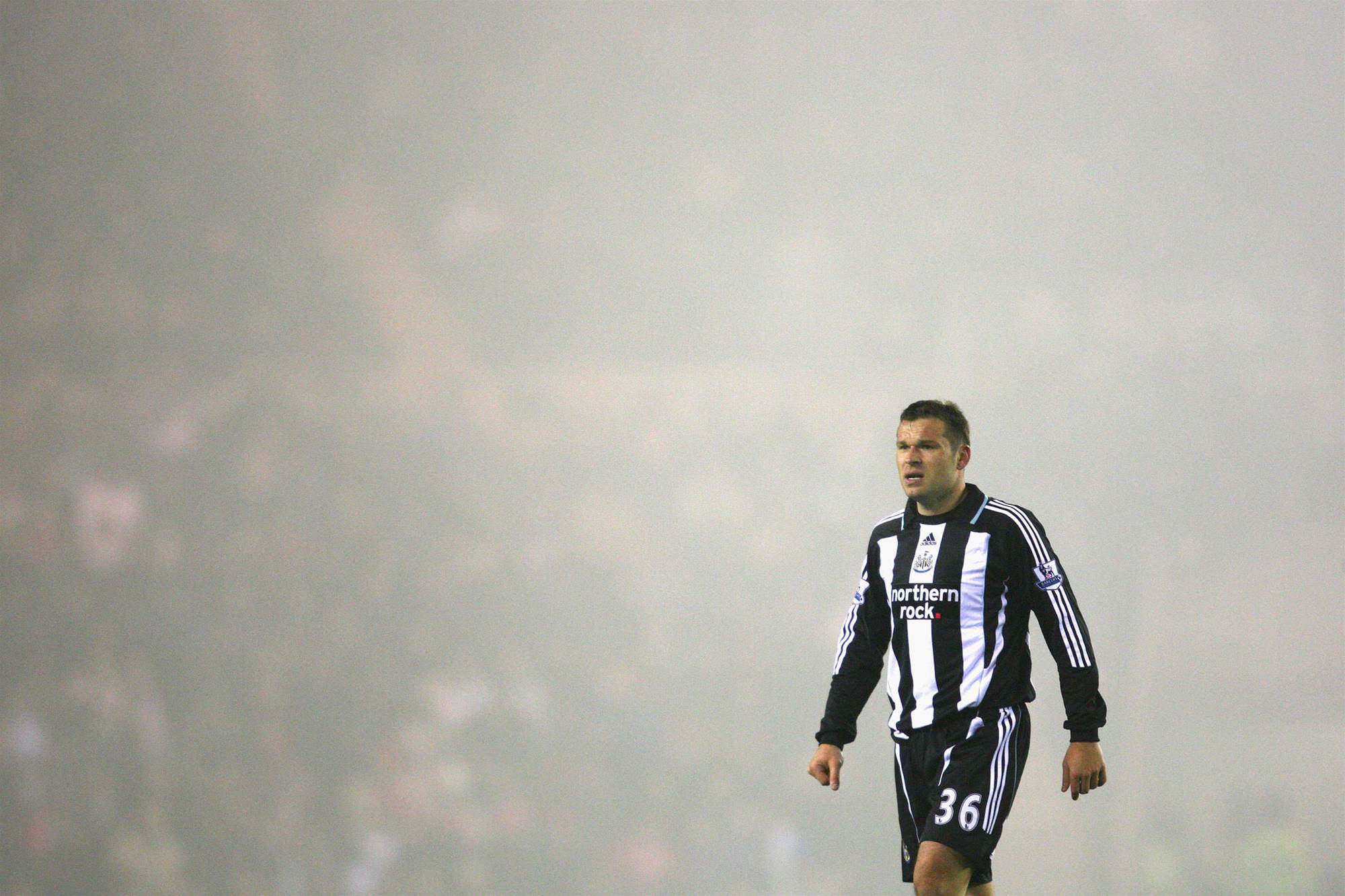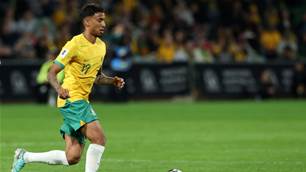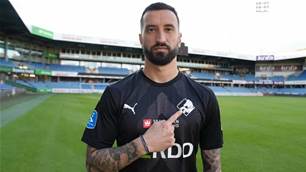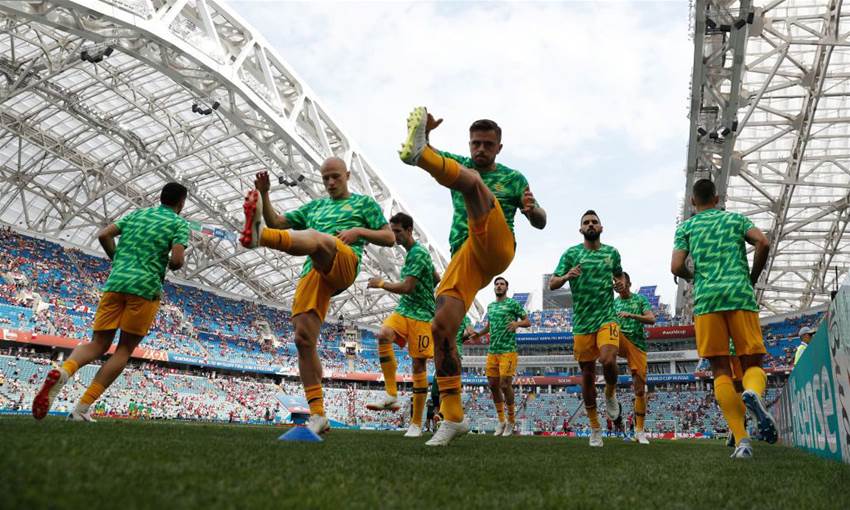In three games at the recent World Cup, playing the teams ranked 7, 11 and 12 in the World, we conceded five goals – one of them a dodgy VAR penalty and two others were super unlucky deflections. All things considered, that was not too bad for a country rated 36, so clearly, defense is not a problem. Australia’s biggest problem is scoring goals.
“No shit Sherlock!” I hear you cry.
It’s one thing to diagnose the bleedin’ obvious, another thing entirely to do something about it. But that is exactly Graham Arnold’s job – to find a way to score goals when we don’t seem to have any top notch goal scorers. It is also the job of Australian football more generally, going forward, to do something (anything!) to help identify and nurture goal scoring talent for the benefit of both the Socceroos and the A-League.
The Problem
For some reason, we don’t breed strikers. We breed excellent goalkeepers and plenty of good defenders – we’ve always done that and we’ve traditionally been hard to break down. We also hold our own in the midfield department as demonstrated so capably by Aaron Mooy and Mile Jedinak in Russia. (Mooy is described by plenty on the Huddersfield fan forum as the best player ever to pull on a Town shirt.)
But that’s where it stops for Aussie football. The great Australian strikers and attacking midfielders are all legends of our game, but we haven’t really had a striker since Viduka. Timmy Cahill was a goal machine for the Socceroos but he was more of a spring-heeled attacking midfielder than a striker. Kewell, similarly, was more of a goal scoring winger. Where are the great Australian strikers?

I have nothing scientific to base the following on, but as a player, coach and football philosopher, it seems to me that football is about time and space – most crucially, having time and space in front of goal.
In front of goal is where the defenders are clustered most thickly and are most desperate to close you down. Therefore, you need either a player with the speed and technique to cope with that all by himself, or you need a team strategy to generate time and space where it will most hurt the opposition.
The teams rated in the top 10 (by and large) are the ones with excellent strikers who can make and score goals themselves. These are the teams with the best leagues in the world, or with a number of players (especially strikers) playing in the best leagues in the world.
Even mega A-League fans like me would pause before claiming our league was in the top 10 – in terms of quality – and we don’t have a lot of players playing in the top leagues. Certainly we don’t have any out and out strikers in the top leagues. Matt Leckie (a winger) at Hertha Berlin is about as close as we get. (Although there is plenty of quality in the J-League where Andrew Nabbout is winning some fans.)
This means that no Australian strikers are being subjected to the time and space constraints of the top leagues and being forced to improve in order to survive and prosper. Australian strikers, playing in leagues more forgiving in the time and space stakes do not need to improve as much as those in the more rarefied leagues and so are not equipped to deal with the highest quality defenses in major tournaments.
The Long Term Solution
Obviously we need to get young strikers into the top leagues if we are ever to have world class strikers in the Socceroos, but their development has to start at home.
Bearing in mind the time/space and defender desperation confronted by strikers in the danger zone, we need a striker curriculum that identifies the skills needed to cope with those problems. Off the top of my head, the key skills are these:
Speed: you can’t do much to improve that via coaching but you can coach how best to use it;
Super tight ball control and foot speed: a player who can take three steps to your two will always beat you if he maintains control of the ball – this can be coached;
Calmness under pressure: experience is the best teacher for this but drills that simulate decision making under pressure can be coached;
Hard and accurate shooting: too many Australian strikers look at the goalkeeper last when shooting. This sends a message from the brain to the foot directing the foot to shoot at the keeper unless over-ridden. Young strikers must learn to look away from the keeper to their target, and then look at the ball before shooting. This will send a message to the foot that directs the shot at the target (forgetting to look at the ball last often results in balls being skied);
Ruthlessness: strikers can’t be polite. They must hunt and kill like arch predators – again and again – wallowing in an orgy of goals;
Vision and intelligence: despite the responsibility to find the time and space to shoot, strikers must also remember they are part of a team and someone else may be in a better position, either to shoot, or to help the striker beat an inconvenient defender with a one-two. Great strikers know where their team mates are and when to use them.

There are other aspects to being a striker (and different types of striker) but all strikers need these qualities and all (with the exception of blistering pace) can be coached.
The other benefit, of course, is that the better young strikers get, the better the young defenders will have to be to cope with them – thus both ends of the pitch will keep forcing each other to improve with the general quality going up every year.
It’s a pretty stark condemnation of our development system to think that our two most technically gifted attackers learnt their skills in futsal (Tom Rogic) and Iranian street football (Daniel Arzani). Our coaching focus has been too much on defence – it’s time to sharpen the attack and see whether our game can prosper that way.
The Short Term Solution for the Socceroos
We don’t have time to wait for the players who might be developed over the next 10 to 15 years with a change of coaching approach. We need to identify some decent attackers now, or at least come up with a system that gives our anointed strikers the best chance of finding time and space.
The one thing we do have among our Australian attackers is pace, but it has to be used to best effect. How many times in Russia did we see Matt Leckie or Robbie Kruse or Aziz Behich get past the last defender and then cut back?
It drove me bonkers that we constantly had players win that half a metre needed to get an early cross in, but they didn’t cross! They kept trying to win themselves even more time/space and what that did was allow the opposition to get back in shape to deal with whatever cross might eventually come in. (And too often it didn't.)

A defending team is most vulnerable when out of shape and scrambling back – with attackers running their lines among them. The Socceroos must look to get early balls into the middle and it then becomes the strikers’ jobs to get there ahead of the panicking defenders to finish. The time/space comes pre-delivered by the fact that the defenders aren’t there first to close it down.
I have faith Arnie will encourage exactly this style of play. At the Mariners, he used the likes of Josh Rose and Pedj Bojic to deliver early balls and then at Sydney he had Rhyan Grant and Michael Zullo doing the same things. (Indeed, I wouldn’t be surprised to see Grant get another go in the Socceroos now Arnie is there.) Adrian Mierzejewski also was notorious for getting early balls in from both wide and deep, so Arnie knows the value of early balls in to fast strikers and good headers.
We’ve seen at Russia that we have a team that can cope with the best attackers in the world, now we just have to find the best way to utilise our strength in attack.
Such as it is.
Adrian’s latest book The Fighting Man is in the shops right now or available through Booktopia. Adrian also wrote Mr Cleansheets.
Related Articles

Socceroos midfielder embraces move to England

Cardiff City snap up sought-after Socceroos starlet













